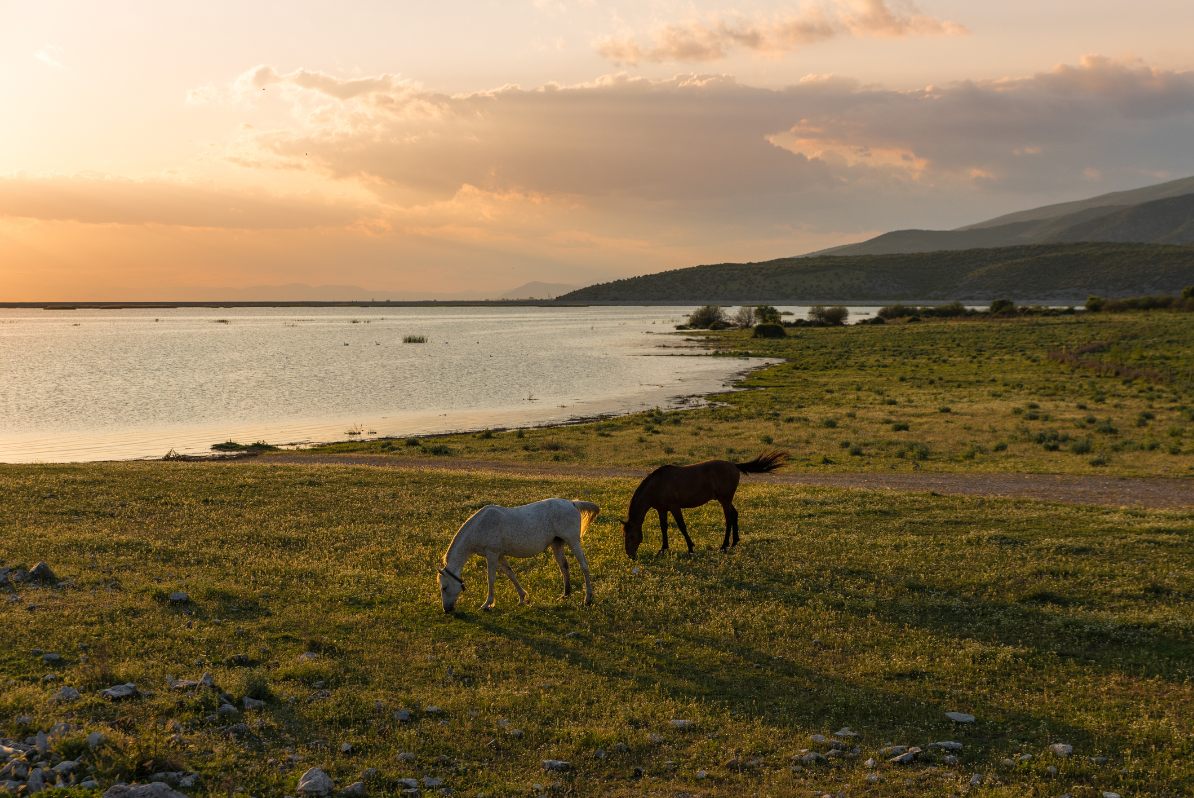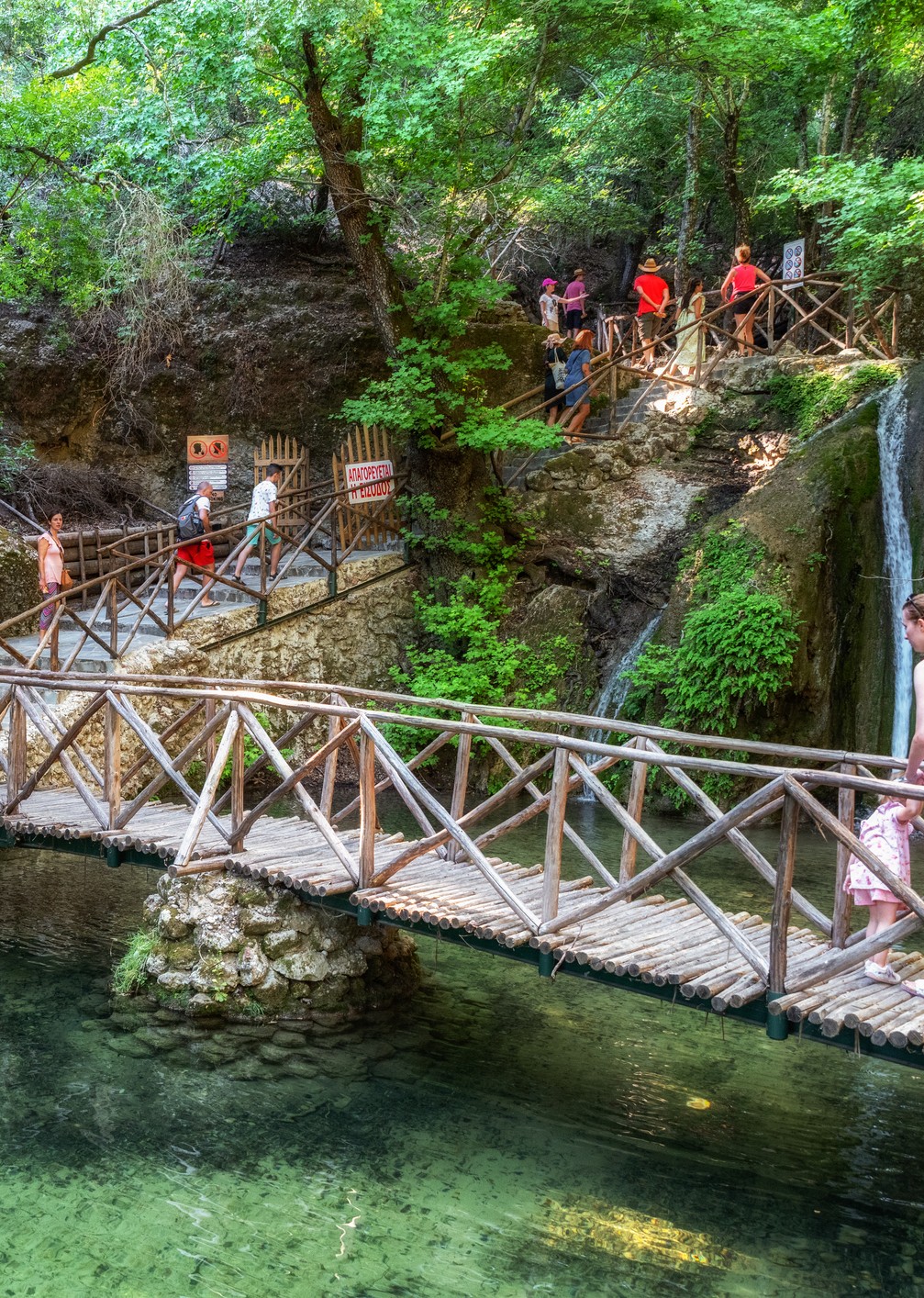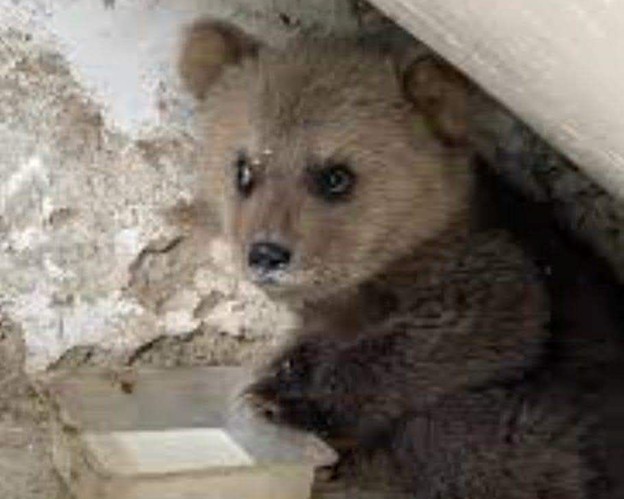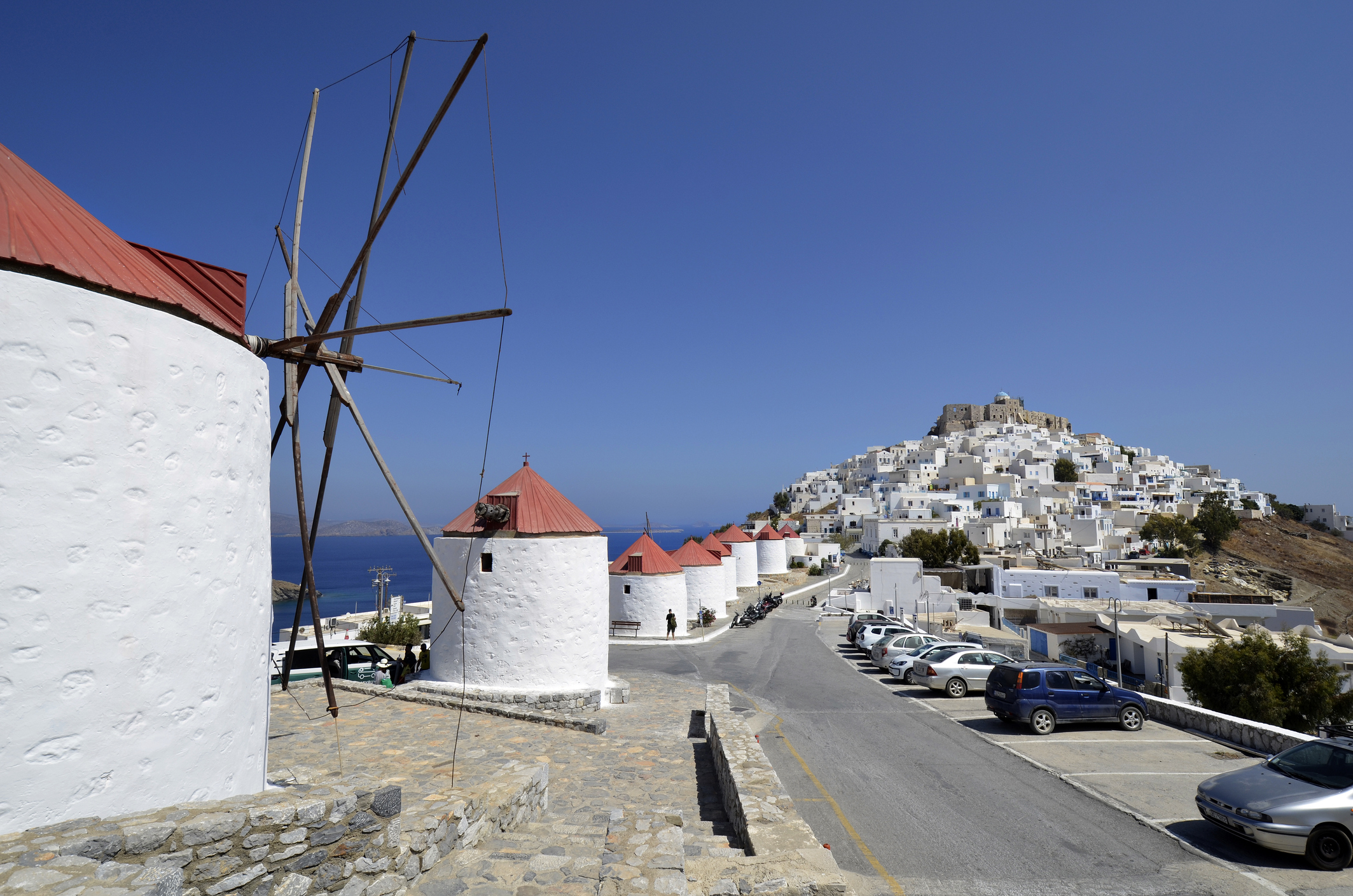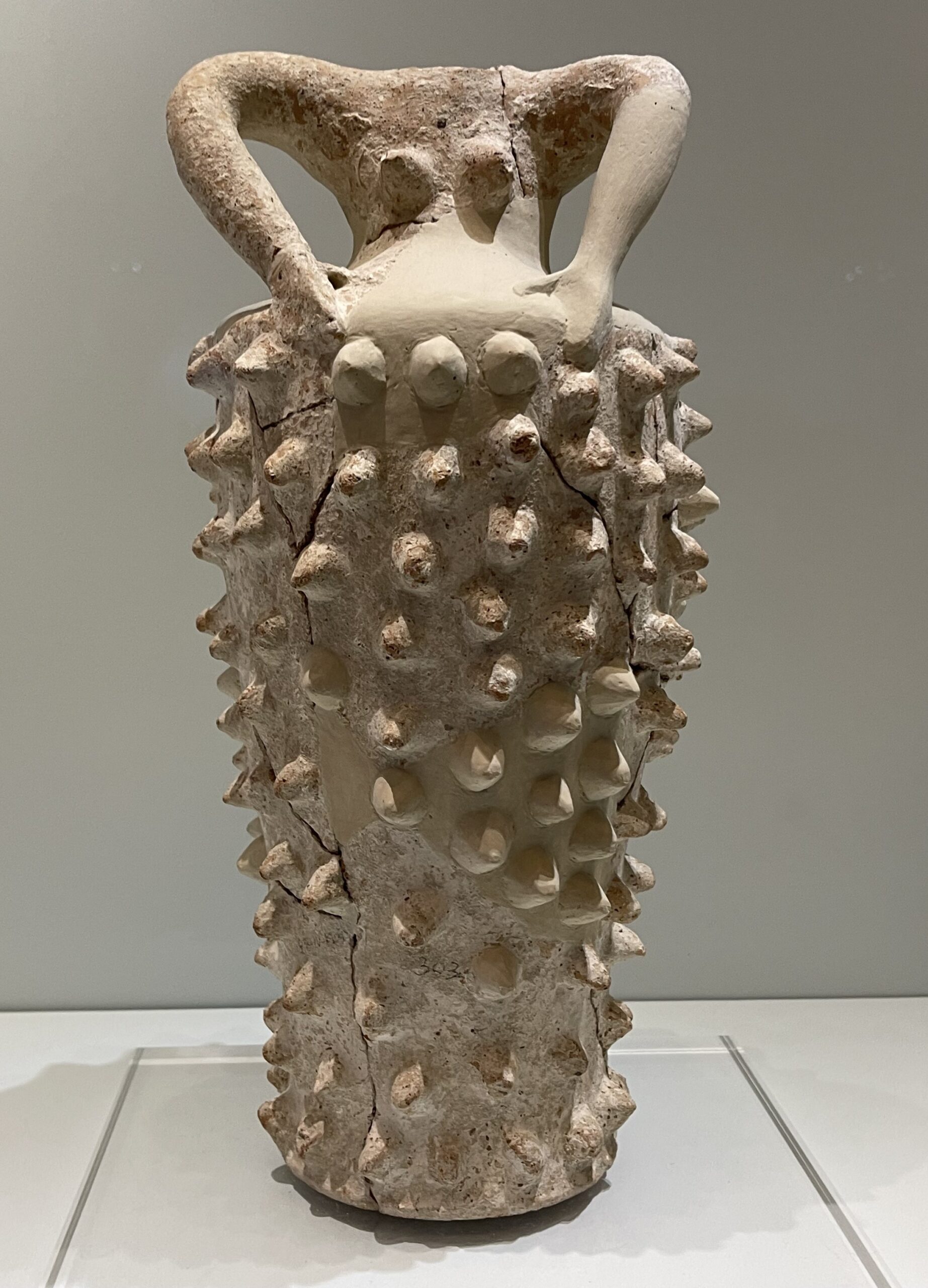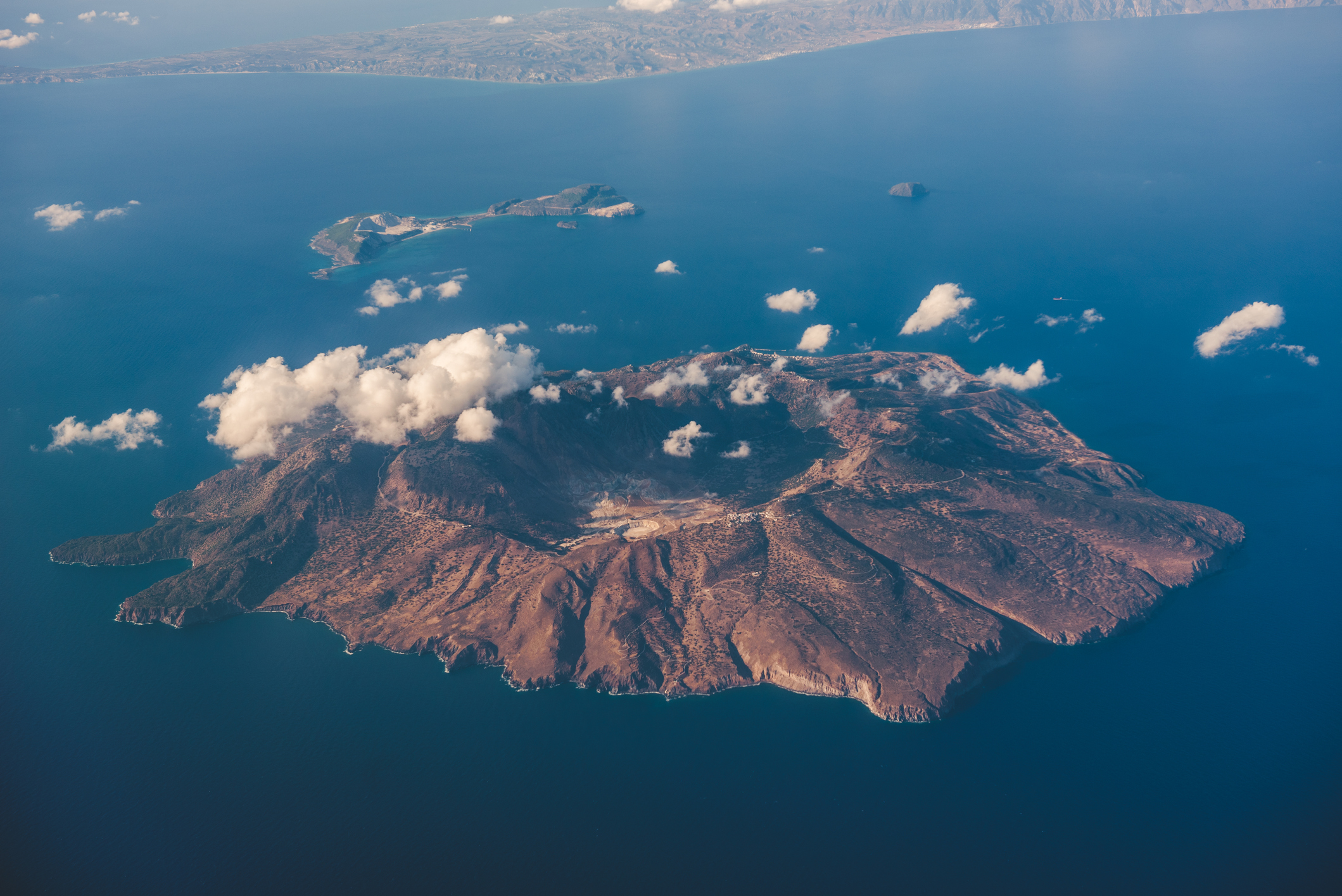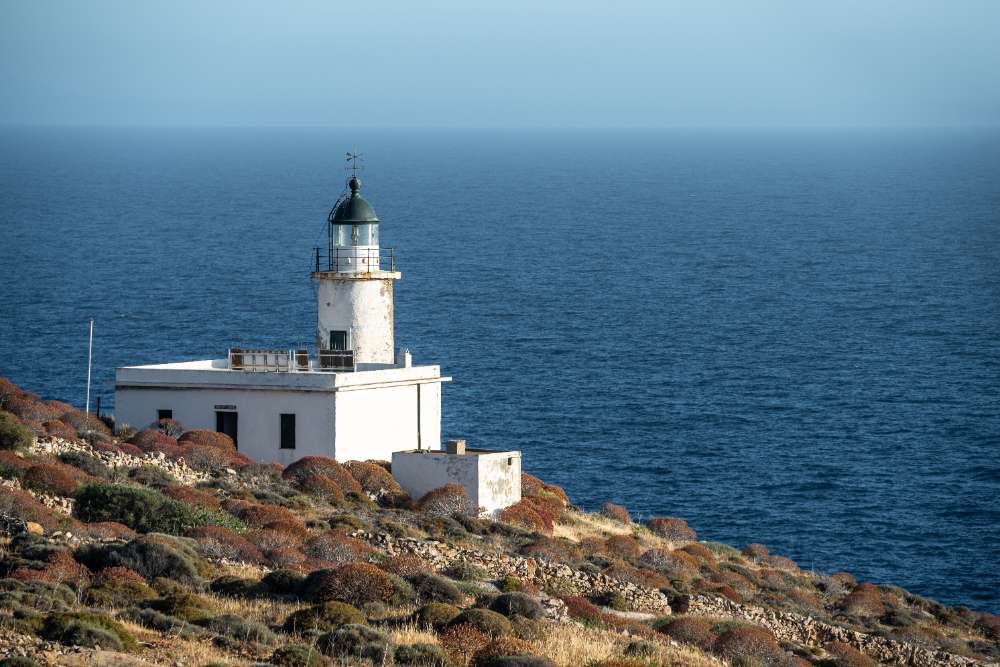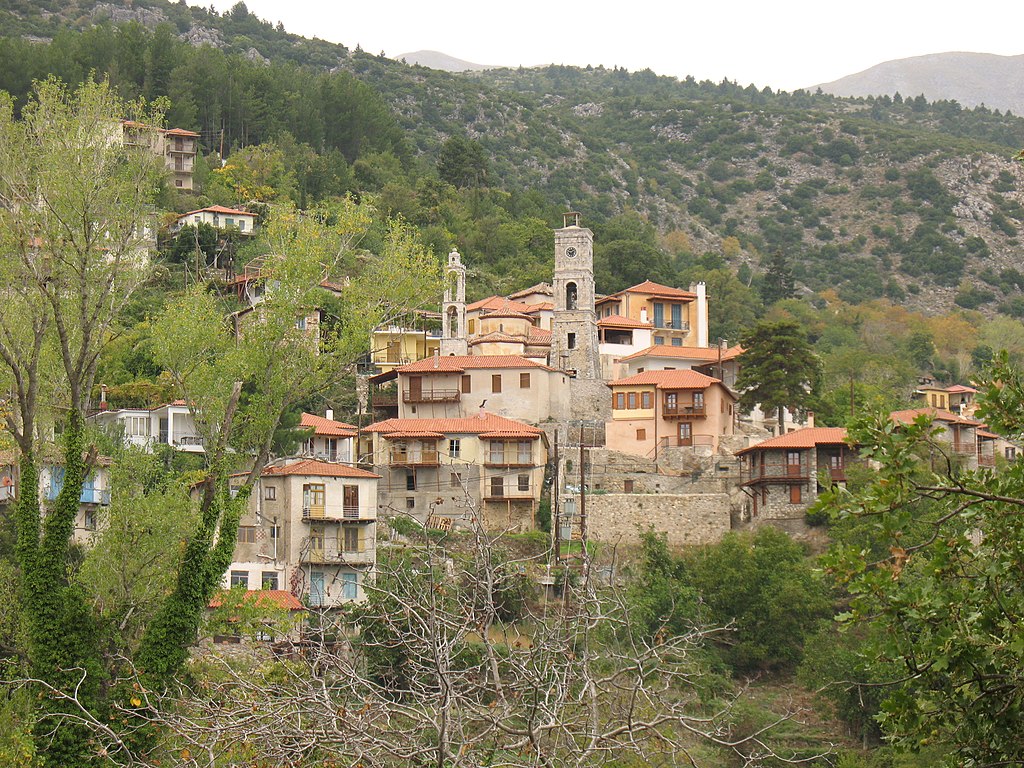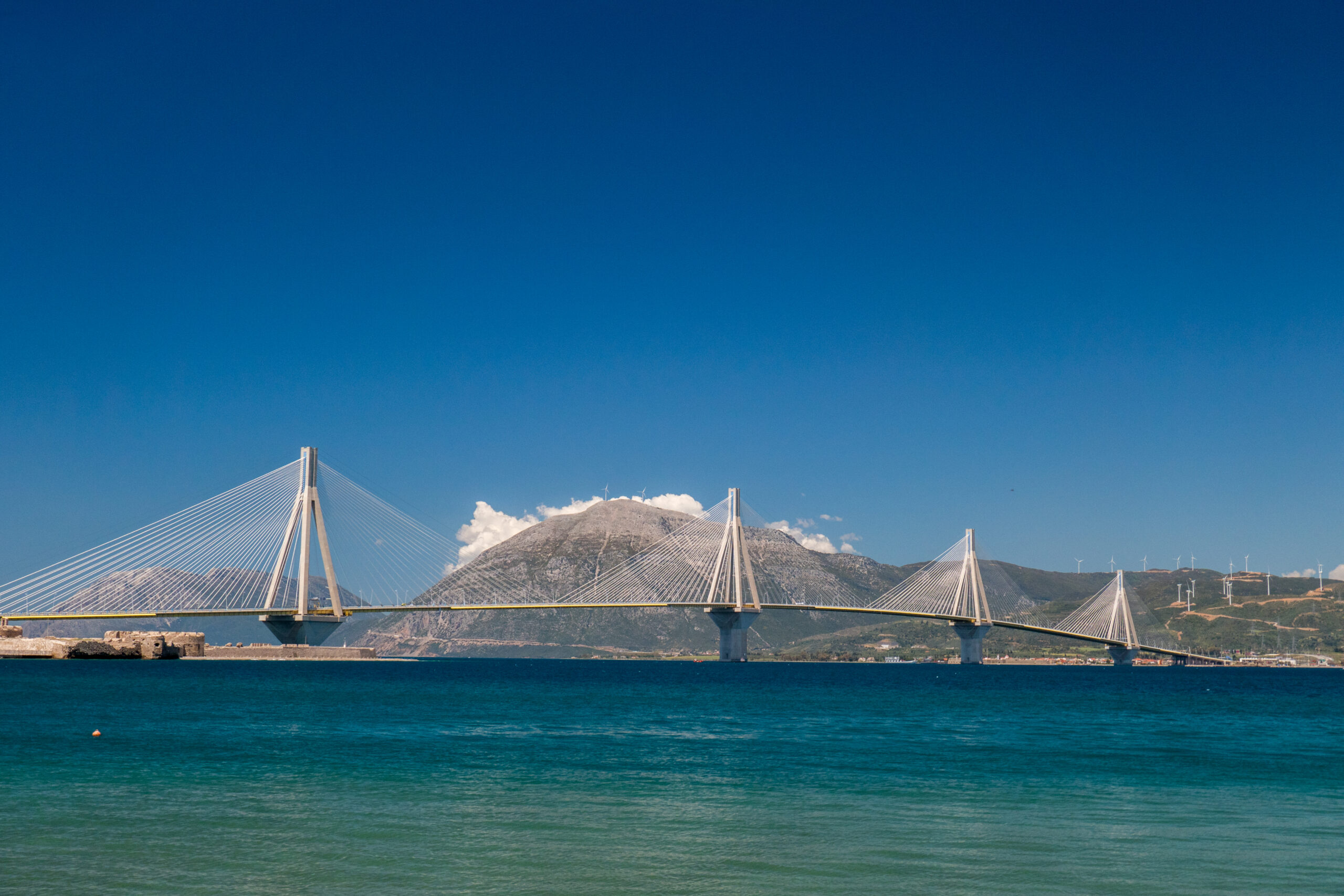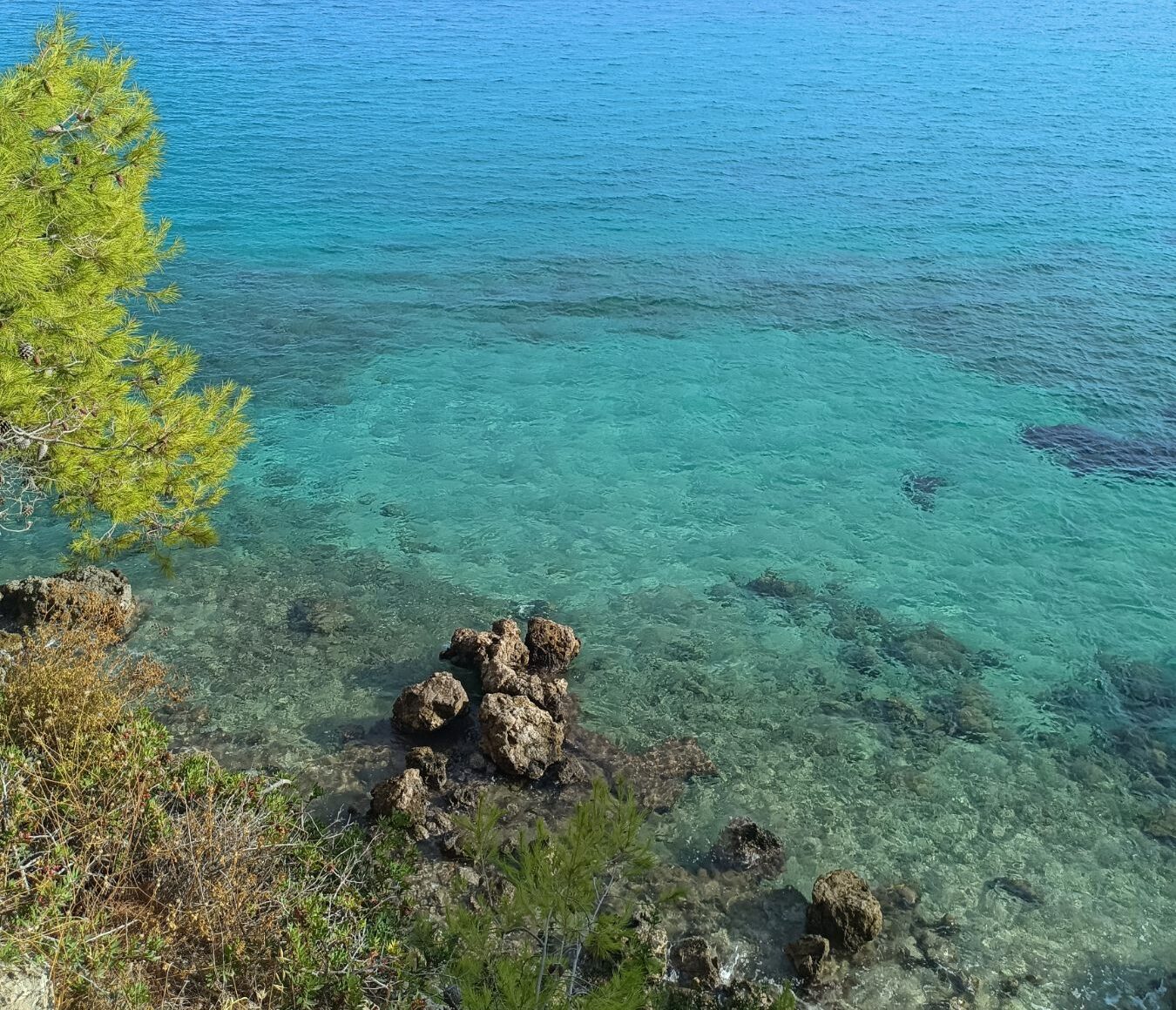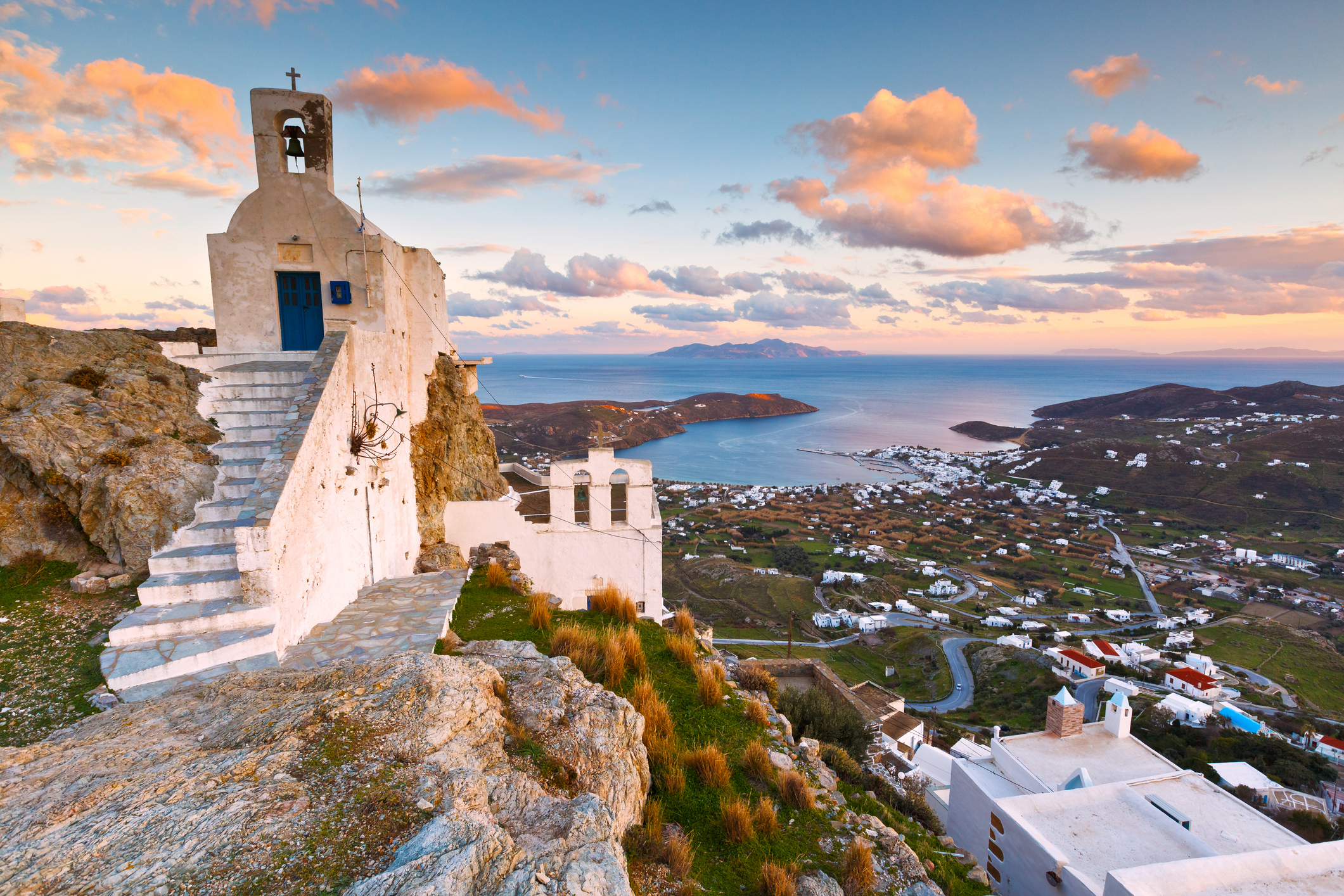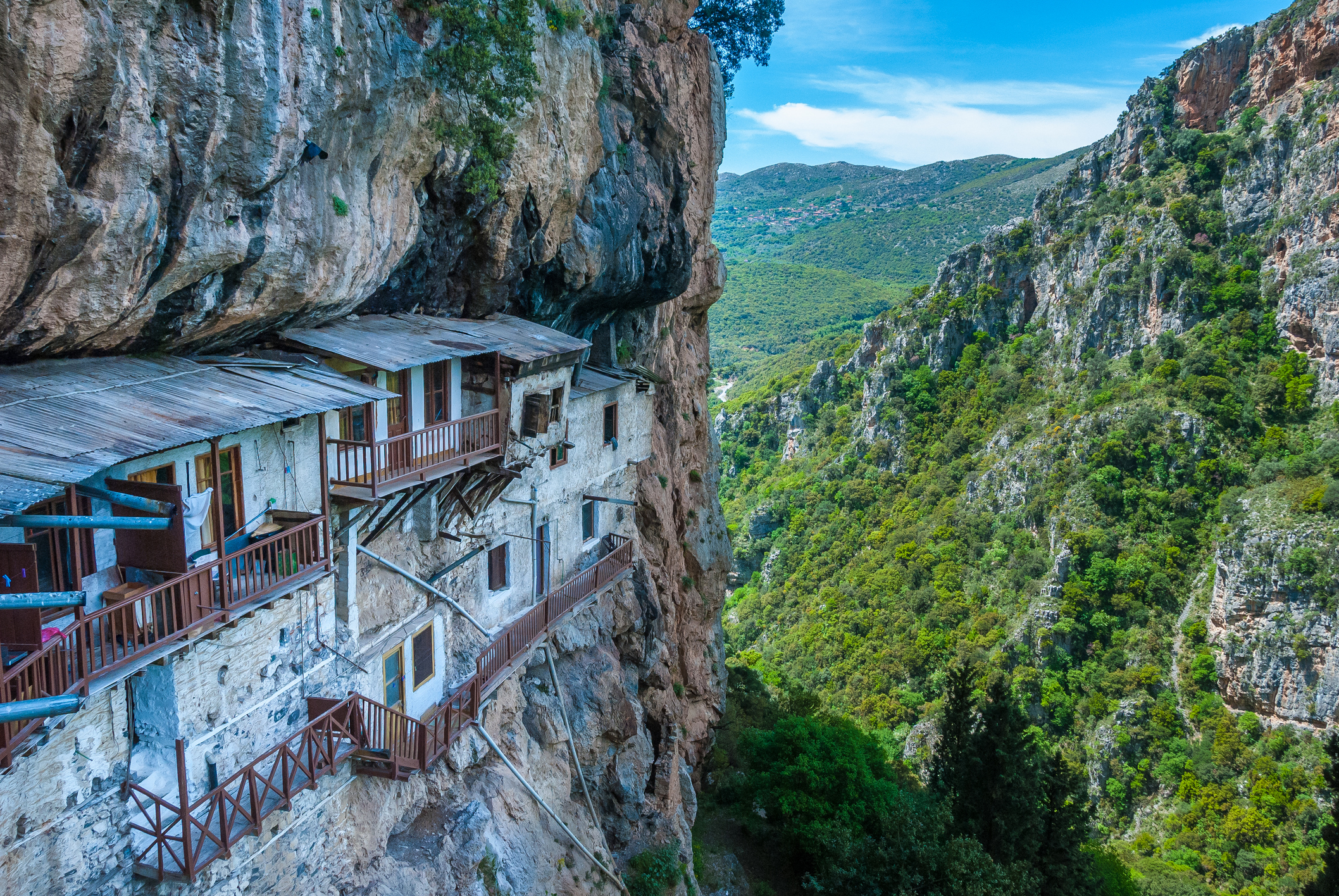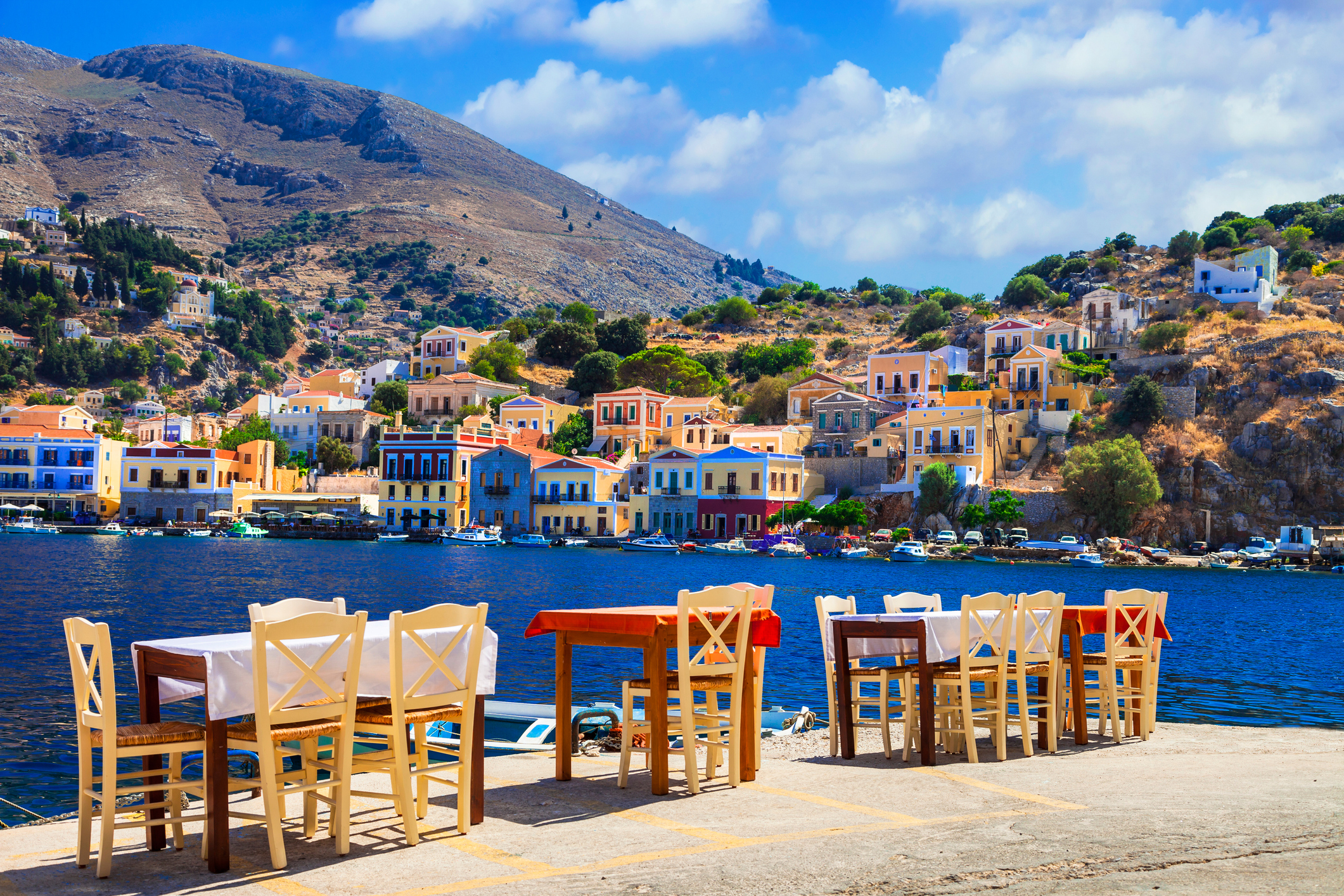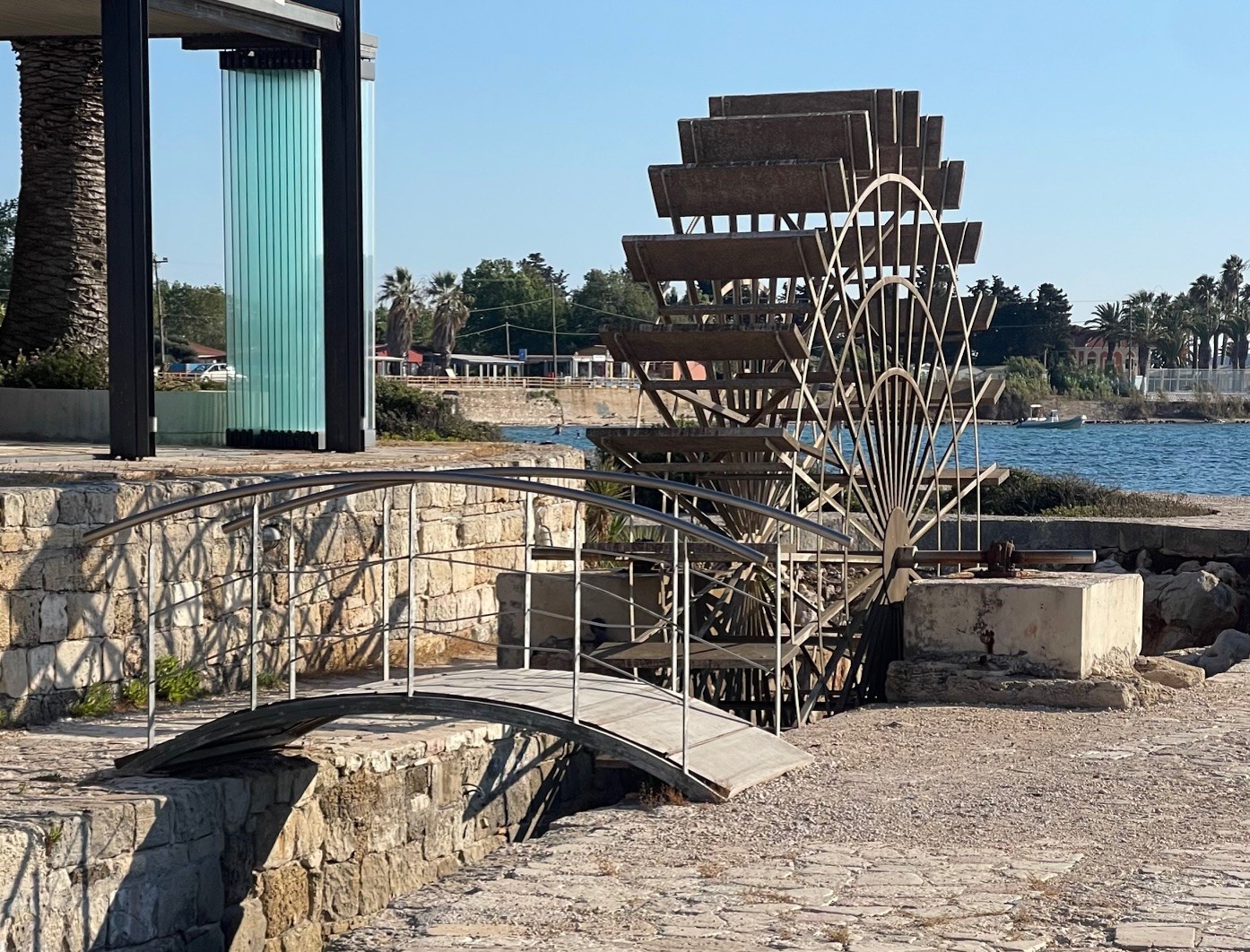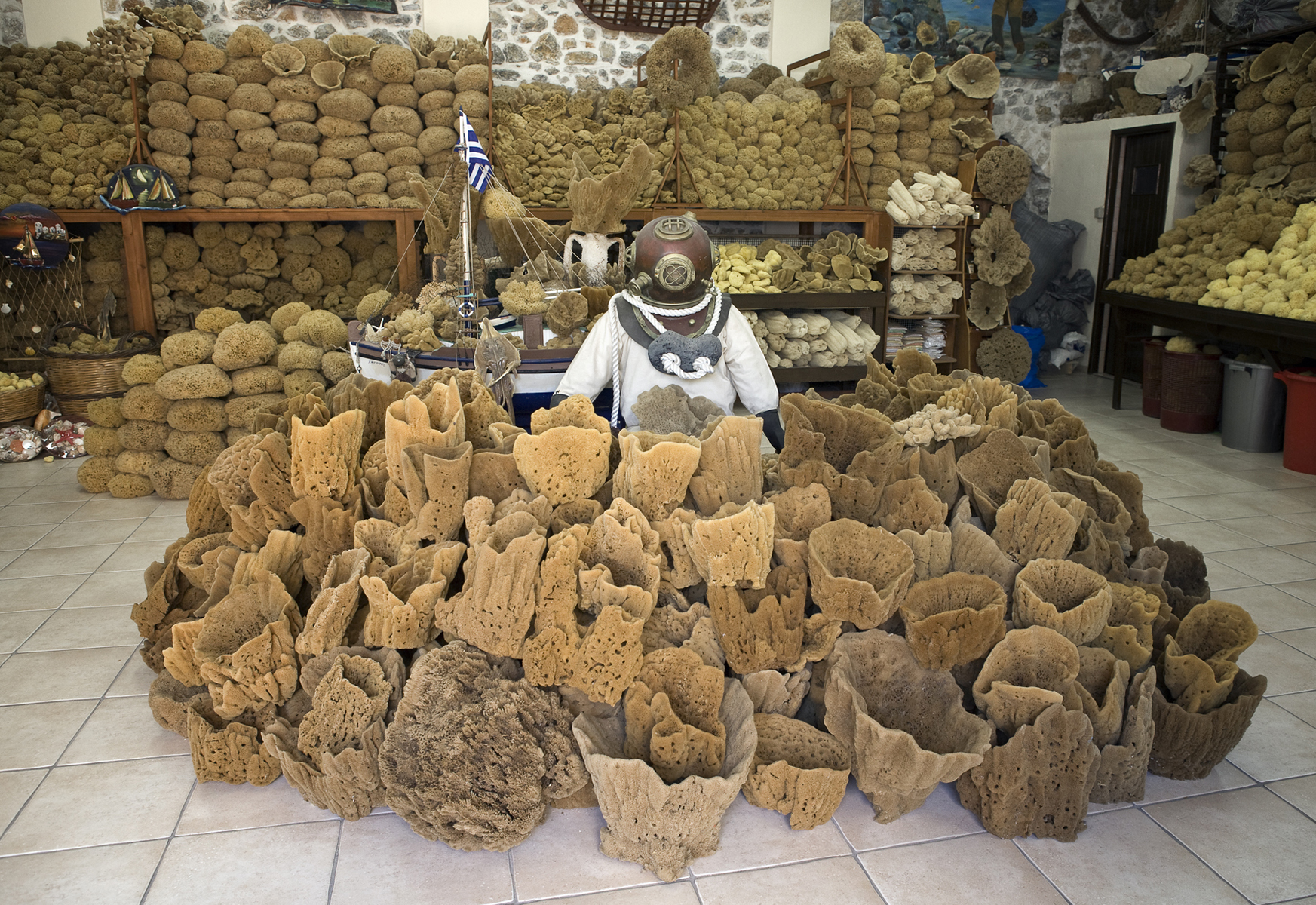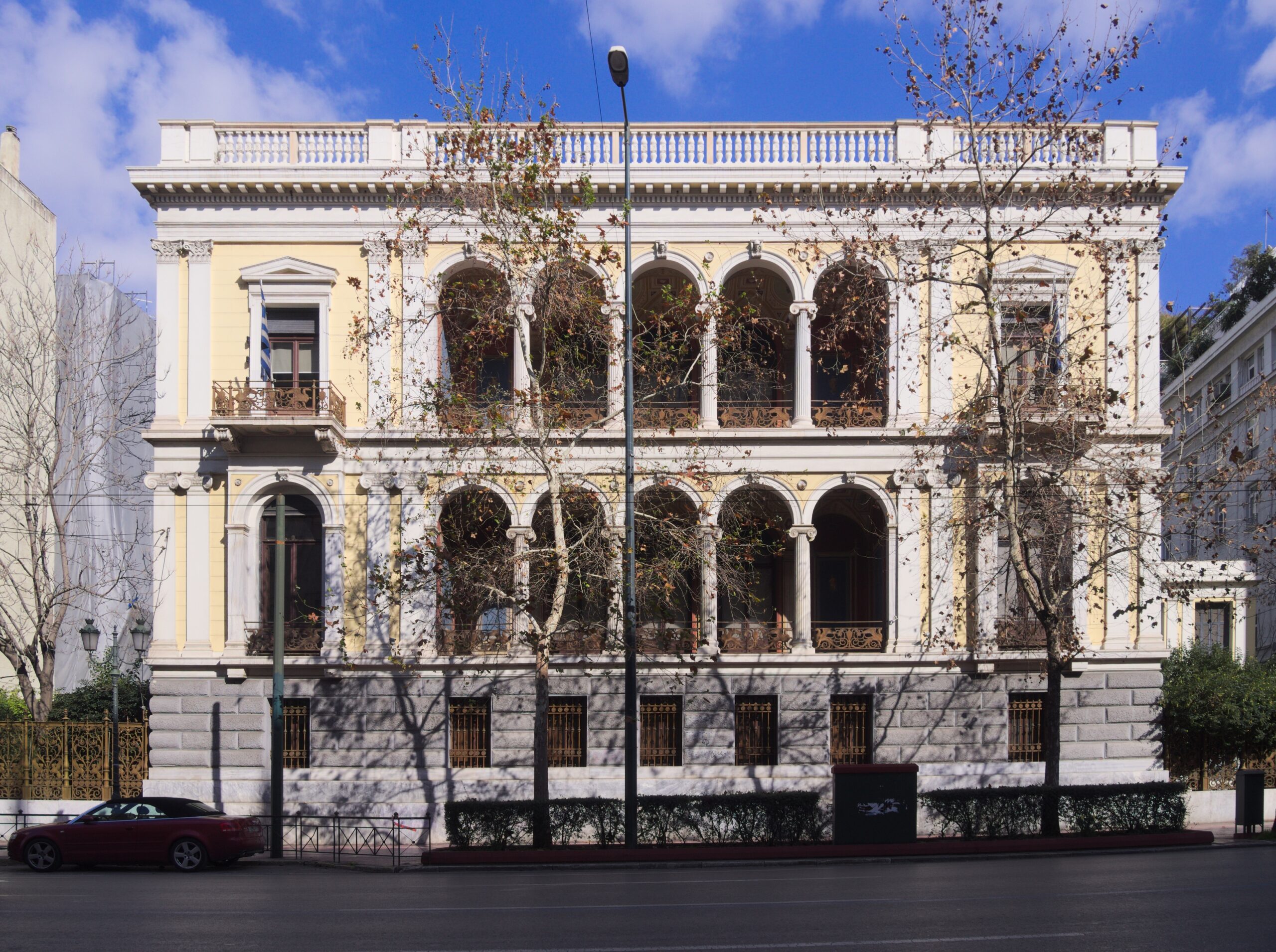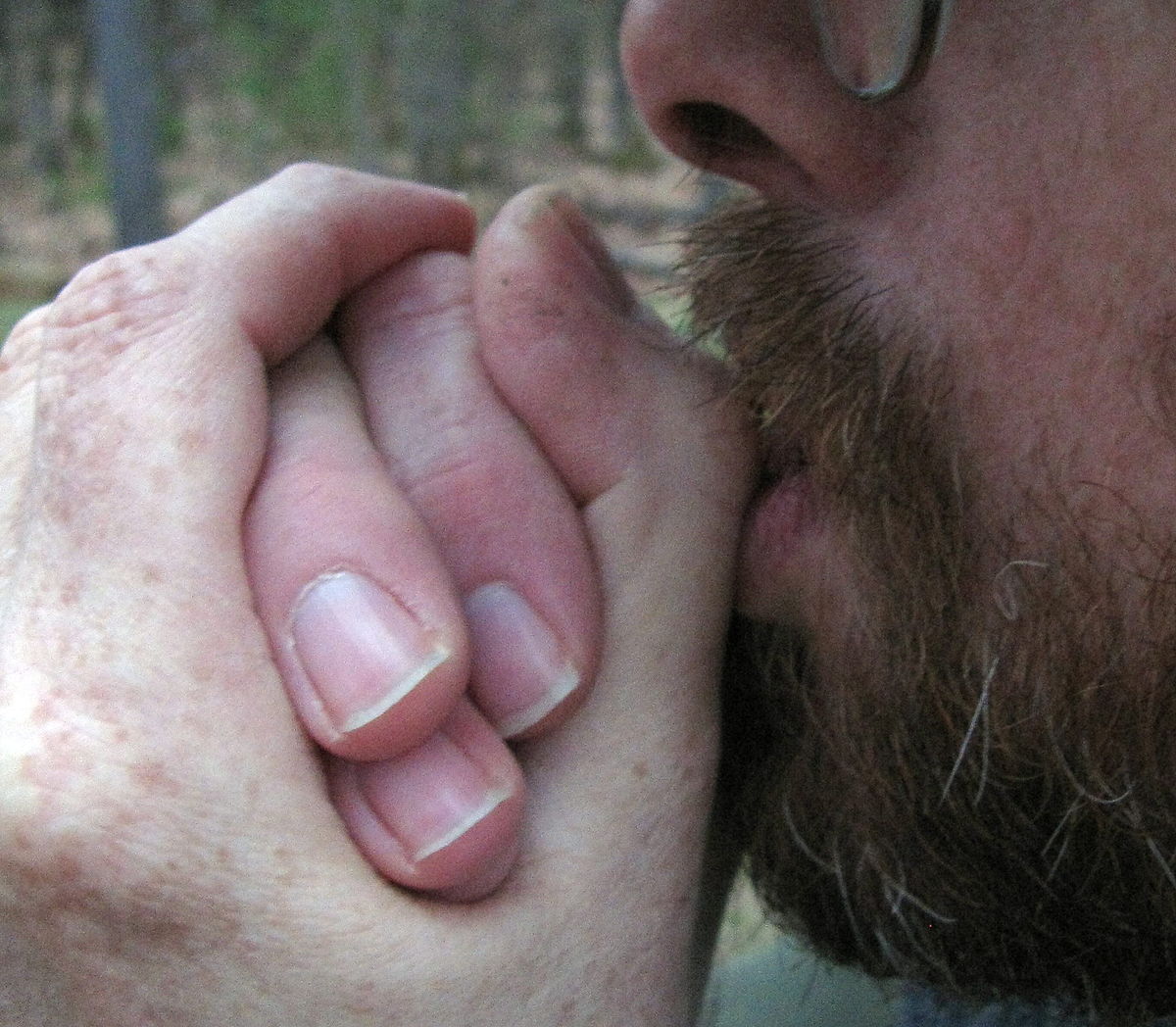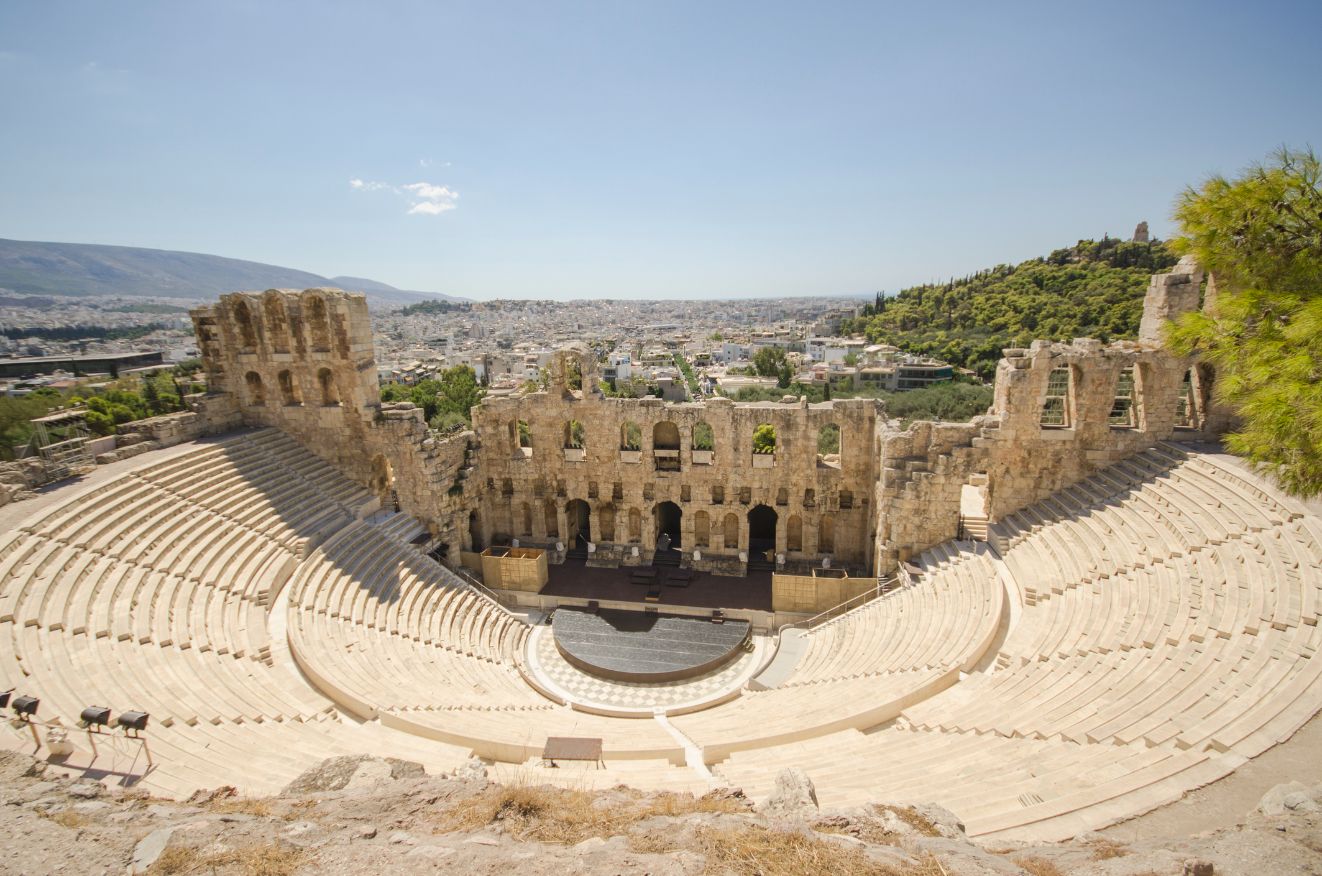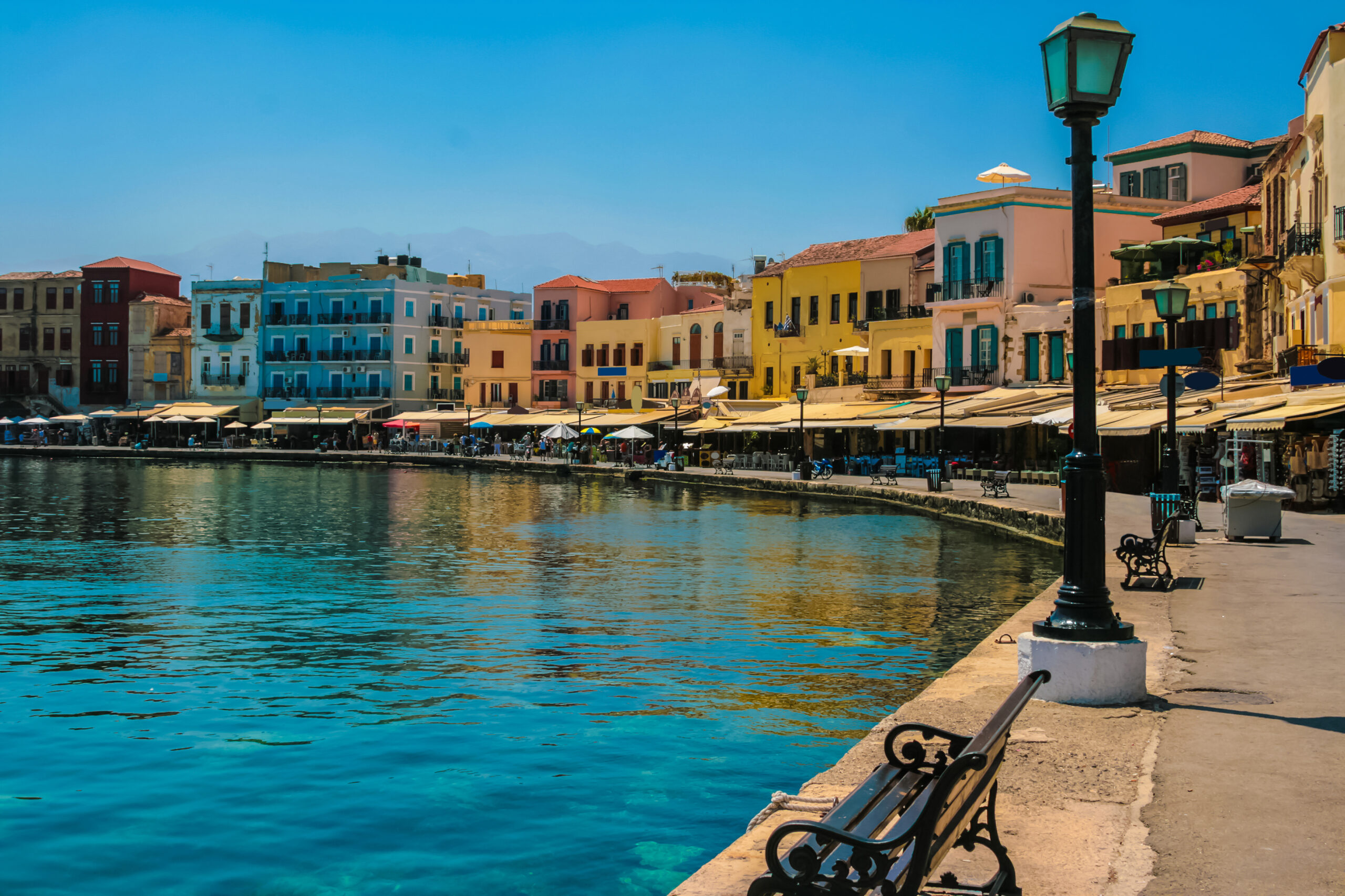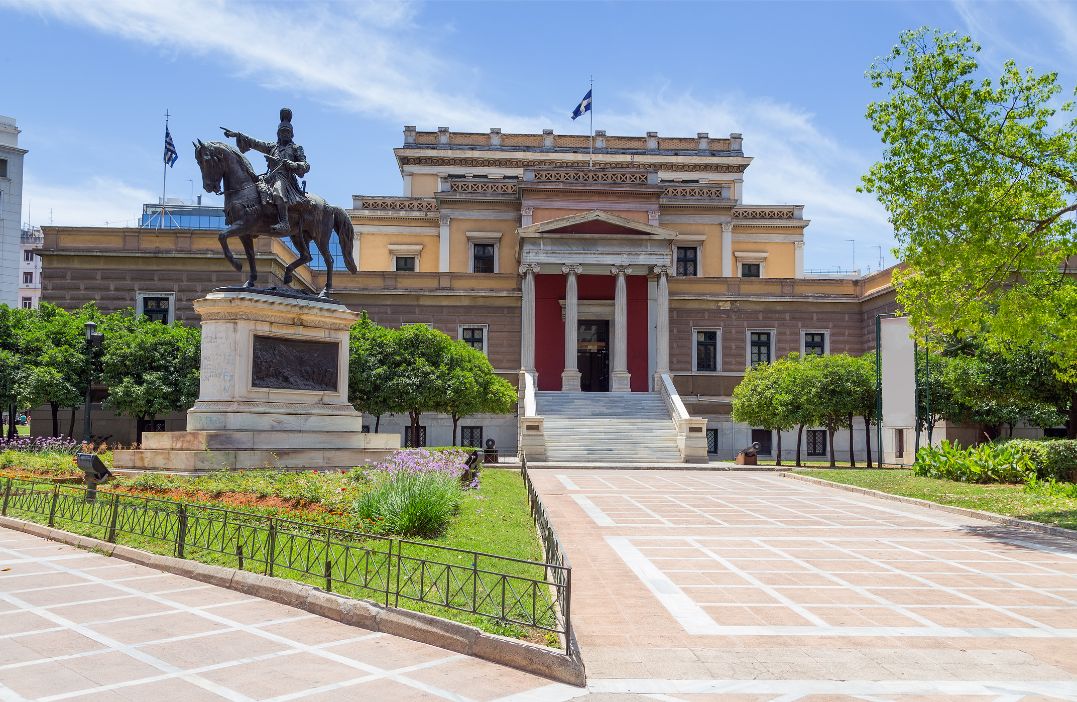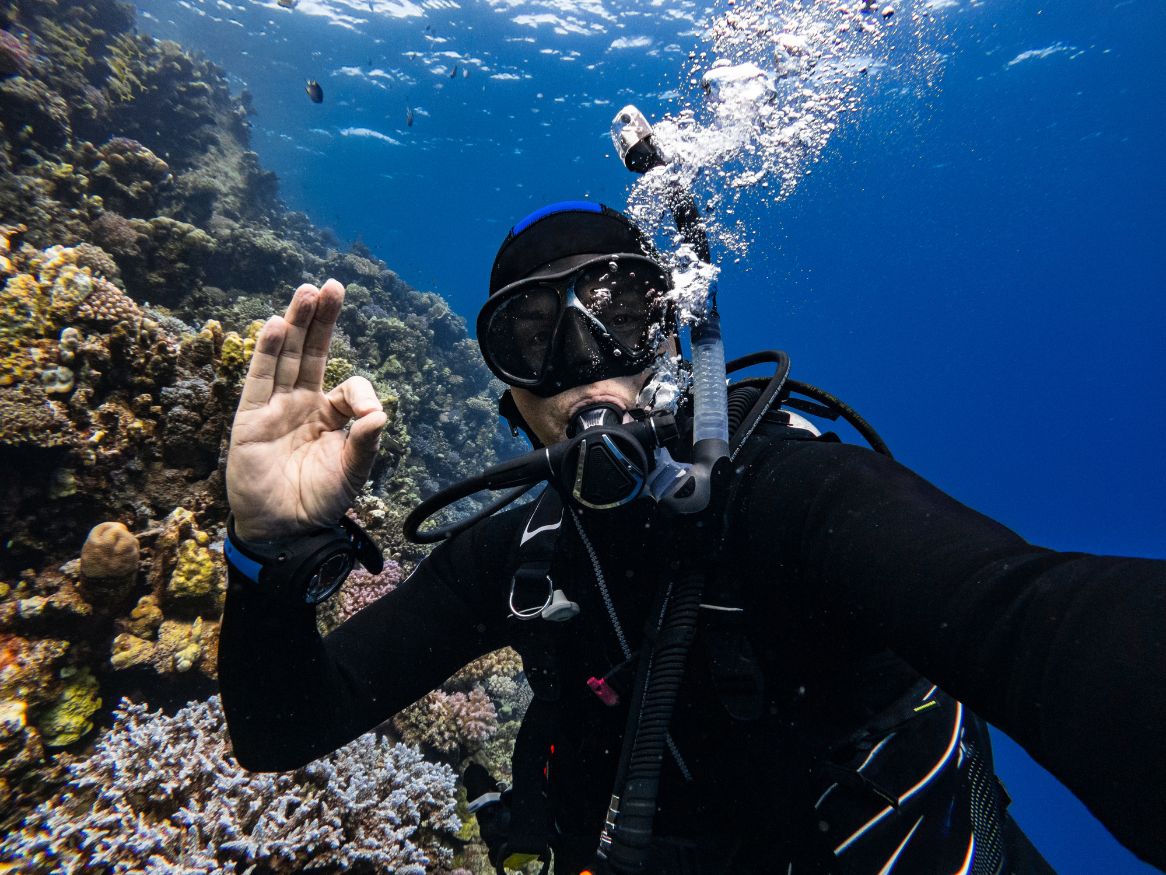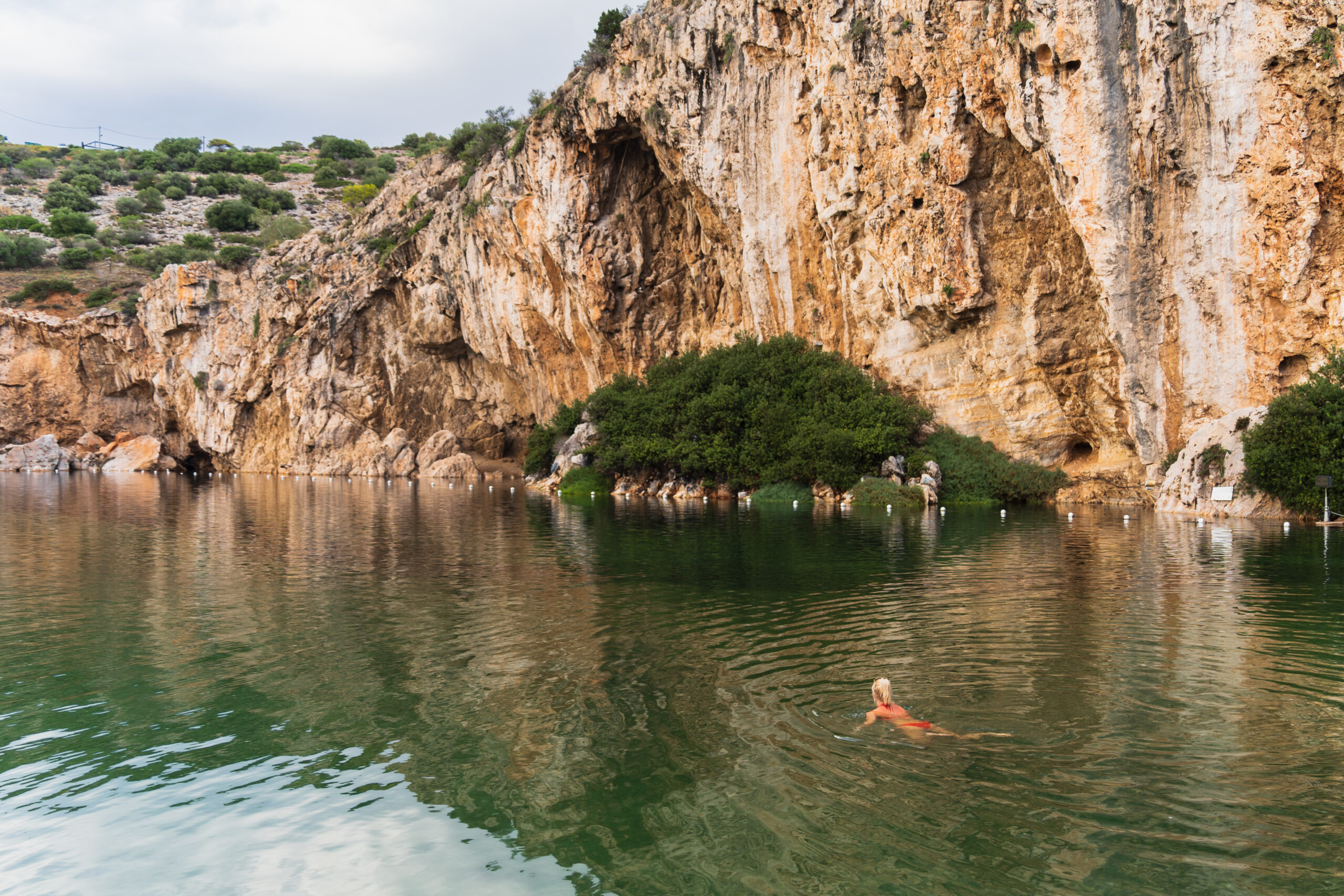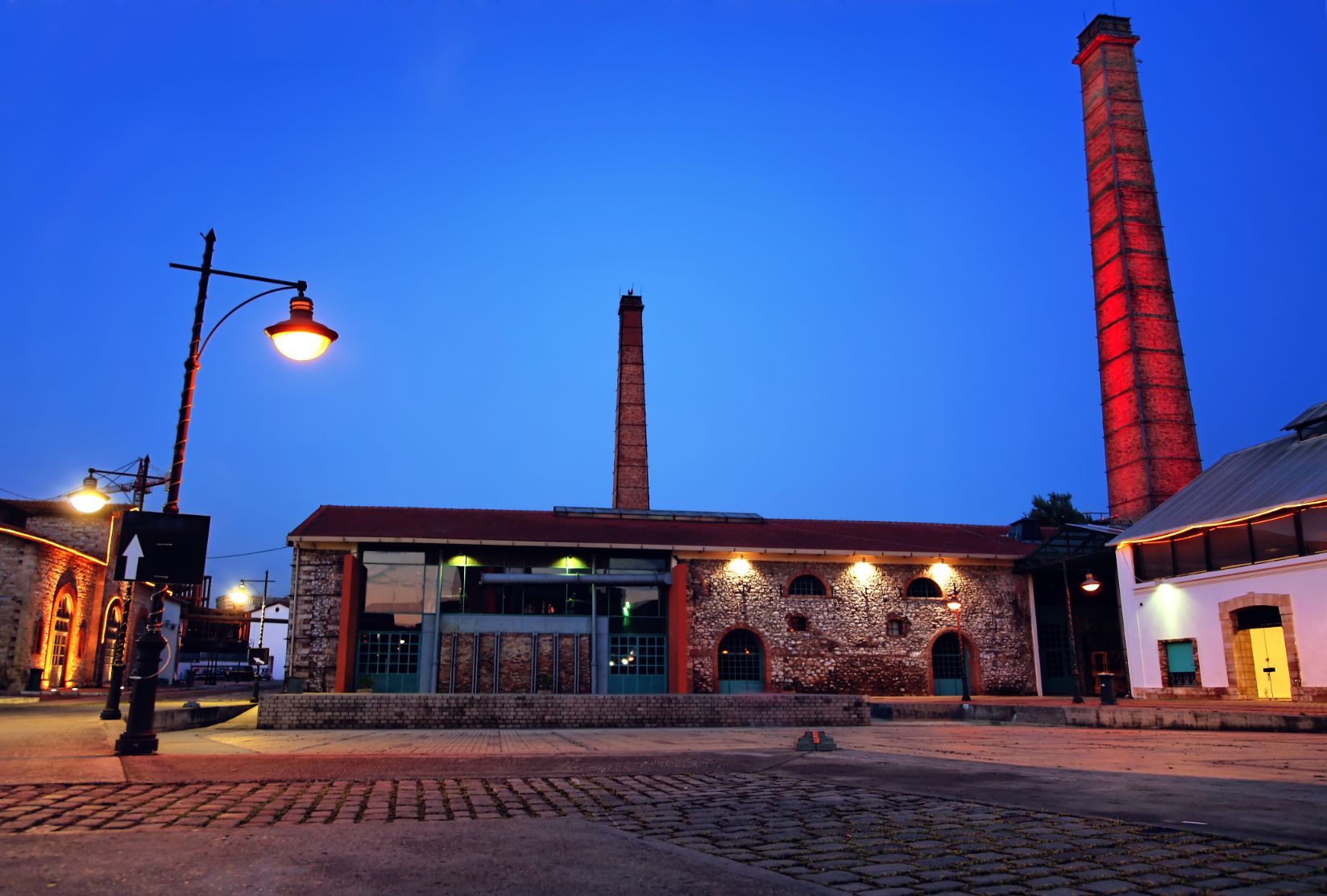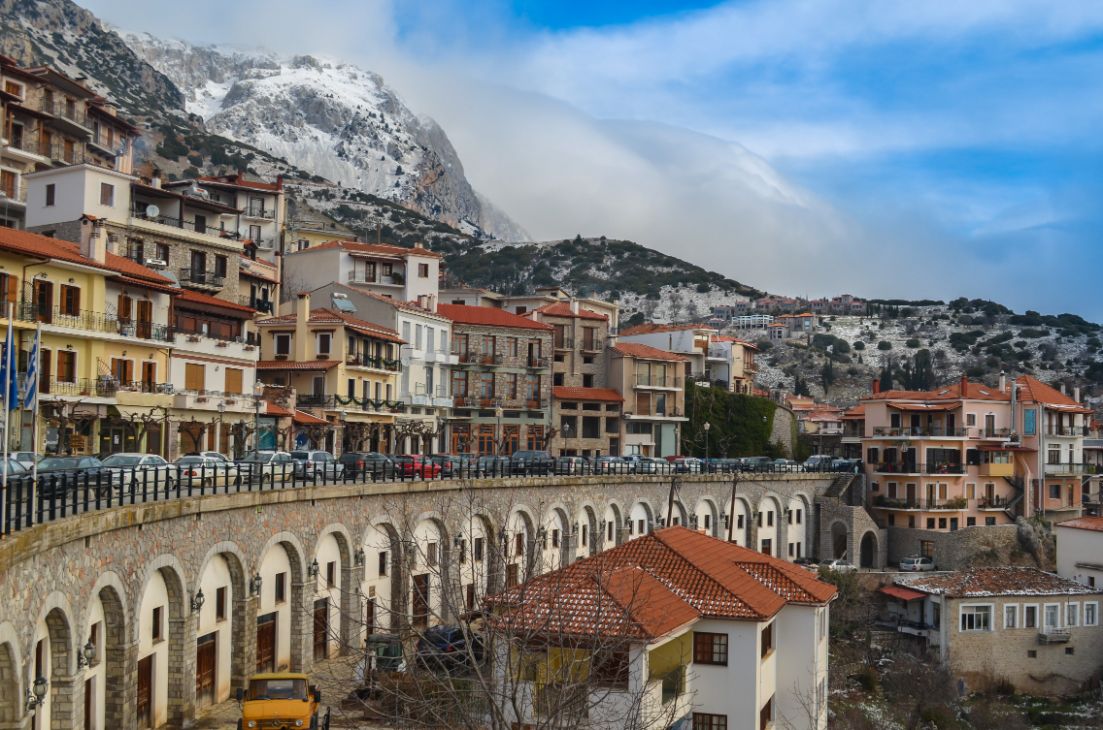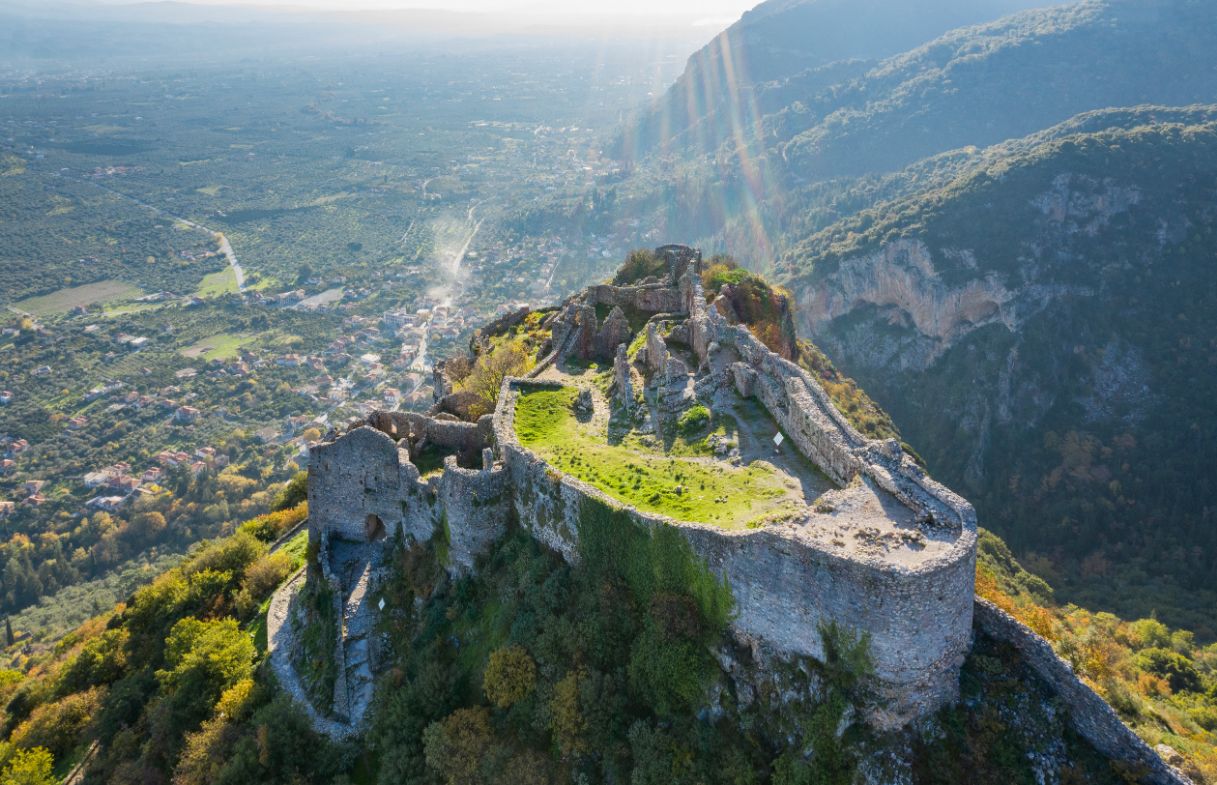The Transformation of Lake Karla
Lake Karla, located in Thessaly, Greece, has undergone significant transformations throughout history. In ancient times, it was a vast, natural lake covering approximately 180 square kilometers, playing a crucial role in the local ecosystem and providing water for agriculture and livestock. It also supported a rich biodiversity, including numerous fish species and migratory birds. Additionally, the lake was historically important for Thessalian communities, with evidence of settlements and a fishing economy dating back to antiquity.
However, in the 1960s, Lake Karla was drained as part of a large-scale agricultural project aimed at increasing arable land and preventing flooding. While the move initially expanded farming opportunities, it led to severe ecological consequences, including soil degradation, water shortages, and the loss of biodiversity. Over time, these issues prompted efforts to restore the lake.
In the late 20th and early 21st centuries, the Greek government and the European Union funded a restoration project to revive Lake Karla. The initiative focused on refilling the lake, rebuilding wetlands, and reintroducing native flora and fauna. Today, the partially restored lake covers around 38 square kilometers and has become a vital wetland, attracting migratory birds and improving the local microclimate. While challenges remain, such as maintaining water quality and managing agricultural demands, Lake Karla’s revival represents significant environmental success. It stands as a testament to the balance between human intervention and ecological preservation, offering hope for sustainable water management in Greece.

